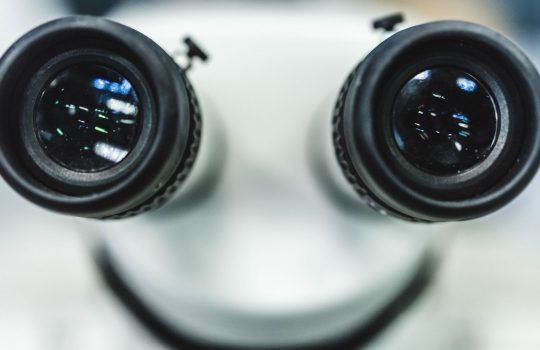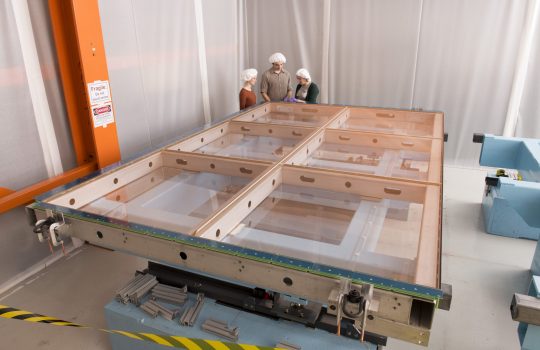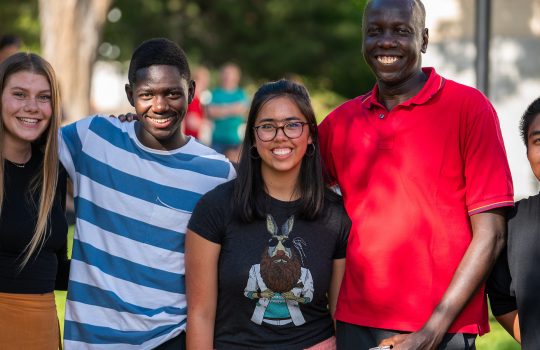Syracuse intensifies search for new “ghostly” particles
- neutrino
- New York
- SBN
- SBND
- Short-Baseline Near Detector
- Short-Baseline Neutrino program
- Syracuse University
From Syracuse University, Dec. 20, 2018: Collaborators at Syracuse University are contributing components for Fermilab’s Short-Baseline Near Detector, one of three particle detectors in the Short-Baseline Neutrino program.




